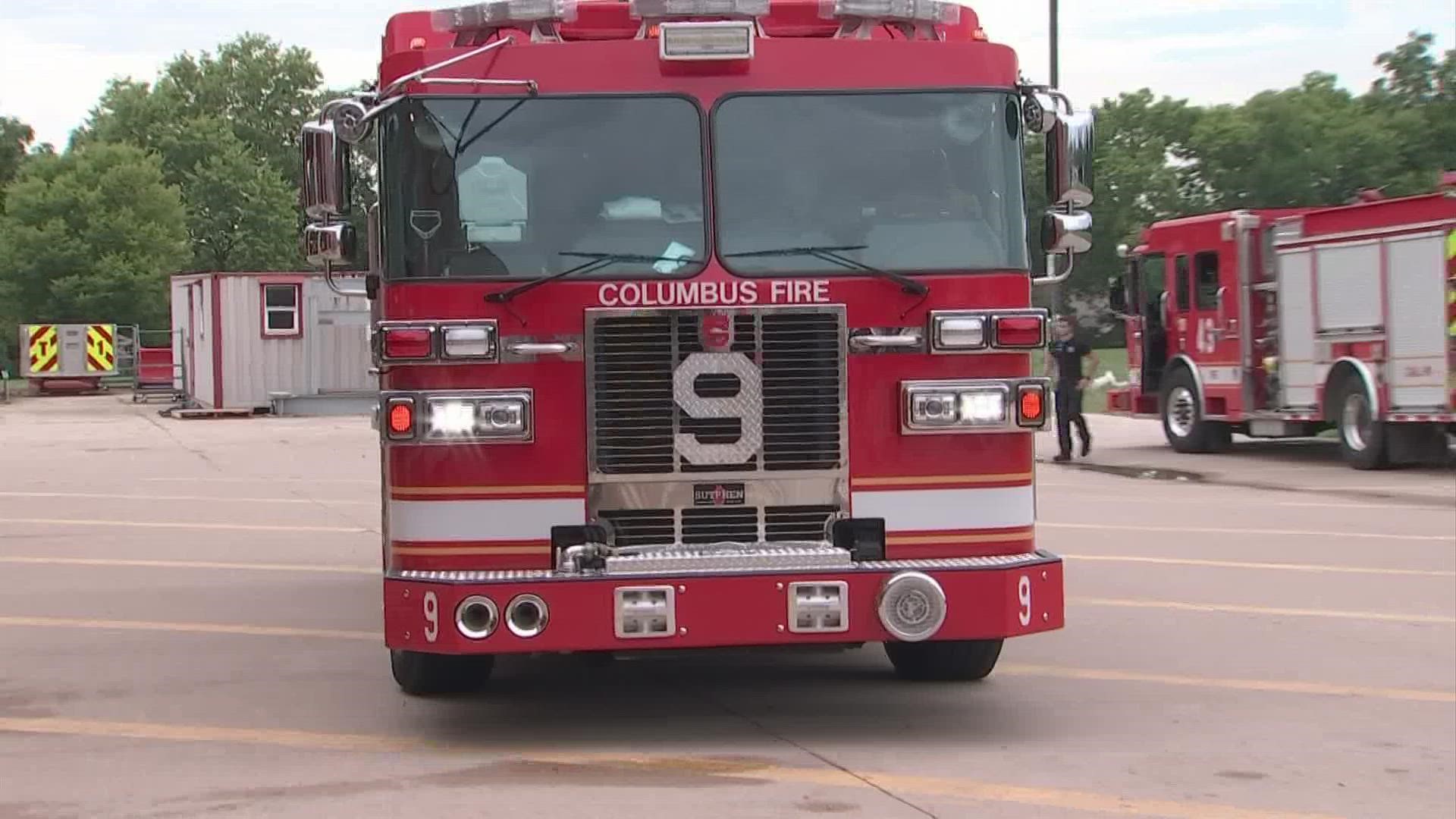COLUMBUS, Ohio — Ohio lawmakers passed a law in 2018 that would allow paramedics to perform non-emergency care.
That opened the door to allow fire departments across the state to start working on reducing calls to 911 that were not real health care emergencies.
Fire departments started finding community partners to help people get the assistance they needed. The cost is also free of charge to those in need.
“We had someone who hadn't been out of their home for three years because they were immobile so we were able to work with a local church group to get them a ramp to their home,” said Chief Ray Riley of Marysville Fire Department.
Columbus Divison of Fire offers a similar but larger program for the elderly and those with substance abuse issues.
A social worker also partners with other agencies in the community to help provide the services someone may need to prevent them from calling 911 in the future.
“I've been a social worker for 14 years and I think this is the coolest job I’ve ever had,” said Megan Gish, aging program care management supervisor for Columbus Division of Fire.
The city's fire department says it received 1,100 EMS referral calls in 2020.
“Those are 1,100 unique individuals and we estimated that we prevented 10,000 to 15,.000 ems calls for our crews,” says Captain Matthew Parrish who oversees the department’s co-responder program.
By helping people solve their problems, fire departments are keeping more people from heading to the emergency room and keeping their EMS teams ready to respond for more critical health care needs.
“Before we weren’t solving the root problem of why they were calling 911, now we are identifying why they are calling 911,” says Chief Riley.
Columbus Division Of Fire has two programs: Specialized Program Assessing Resource Connectivity (SPARC) and Rapid Response Emergency Addiction Crisis Team (RREACT).
You can learn more about them here.
Local News: Recent coverage from 10TV.

